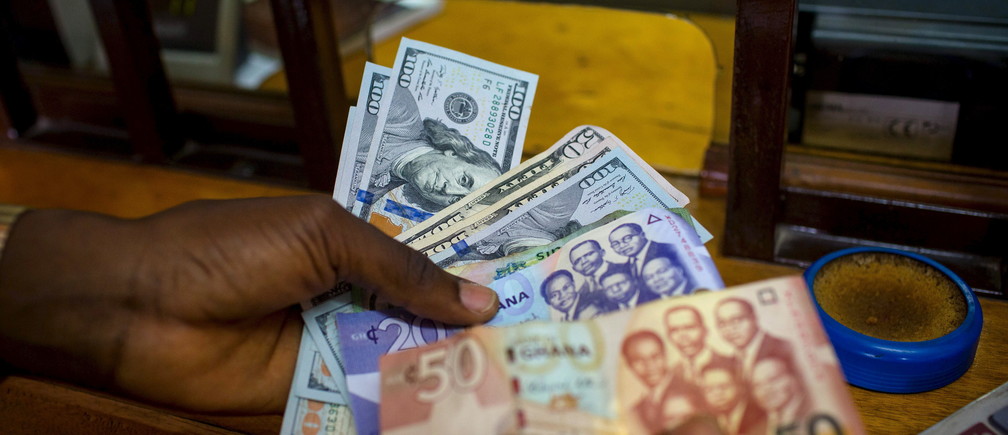Data from the Bank of Ghana shows that, on an annual basis, net credit to the private sector shrank by over 75 percent, shrinking from 23.8 percent in 2019 to 5.8 percent in December 2020.
The BoG as part of measures to cushion the economy in the face of the COVID-19 pandemic reduced the primary reserve rate for banks to enable them free up some capital to lend to private businesses.
Although the freed-up capital did not help banks to lend to the private sector like they did in 2019, the BoG in its MPC press release indicated that this measure, coupled with other policy measures helped banks to remain resilient in the face of the first wave of the pandemic.
The COVID-related policy measures and reliefs provided support for the advancement of new loans in 2020, which grew by 15.8 percent to GHS34.4 billion.
The reliefs to the banking sector had the aim of enhancing liquidity in the banking system, preserving capital buffers and providing relief to customers as well as support to critical sectors of the economy severely impacted by the pandemic.
The Banking sector’s performance was evident in the growth of its balance sheet as deposits continued to soar in spite of the constraints posed by the containment measures and changes in behavior patterns of both the banked and non-banked as a result of the physical distancing rules imposed.
Total deposits increased by 26.8 percent, and net claims on government by commercial banks increased by 44.6 percent. Total assets of commercial banks increased by 15.8 percent, with investments in Government bonds rising by 33.4 percent. This meant that, Government’s borrowing from the domestic market to fund Covid-related expenditures was highly subscribed by banks. Thus, bringing the country’s domestic debt to GHS 147.3 billion (38.2 percent of GDP)
“The banking sector showed resilience to the first wave of the pandemic supported by strong policy support and regulatory reliefs. Banking sector performance remained strong through end 2020, with robust growth in total assets, deposits and investments.
“Overall, the impact of COVID-19 on the industry’s performance was moderate as banks remained liquid, profitable and well-capitalized.”

Furthermore, net interest income of banks increased by 20.9 percent to GHS11.2 billion compared to 24.9 percent a year ago. Operating income rose by 17.9 percent whereas operating expenses rose by 8.2 percent. Profit before tax also increased by 27.2 percent to GHS6.1 billion relative to 34.7 percent in 2019.
According to BoG, commercial banks provided reliefs and support in the form of loan restructuring and loan repayment moratoria to cushion 16,694 customers severely impacted by the pandemic. Also, total outstanding loans restructured by banks as at December 2020 amounted to GHS4.47 billion, representing some 9.4 percent in industry loan portfolio.
Banks’ non-performing loans (NPL) ratio increased from 14.3 percent in December 2019 to 15.7 percent in June 2020, only registering an increase of 1.4 percent arising from the pandemic-induced repayment challenges.
However, it declined to 14.8 percent in December 2020 due to loan write-offs and increased credits, particularly in the last quarter of 2020. Indeed, the Bank of Ghana’s policy support and regulatory reliefs during the first wave of the pandemic have been successful in keeping the soundness of the banking sector intact.
With a new wave of the pandemic imminent, the Bank of Ghana believes that the banking sector remains resilient and can weather the storm.
READ ALSO: Non-Performing Loans shows some Declines in the Banking Sector



















